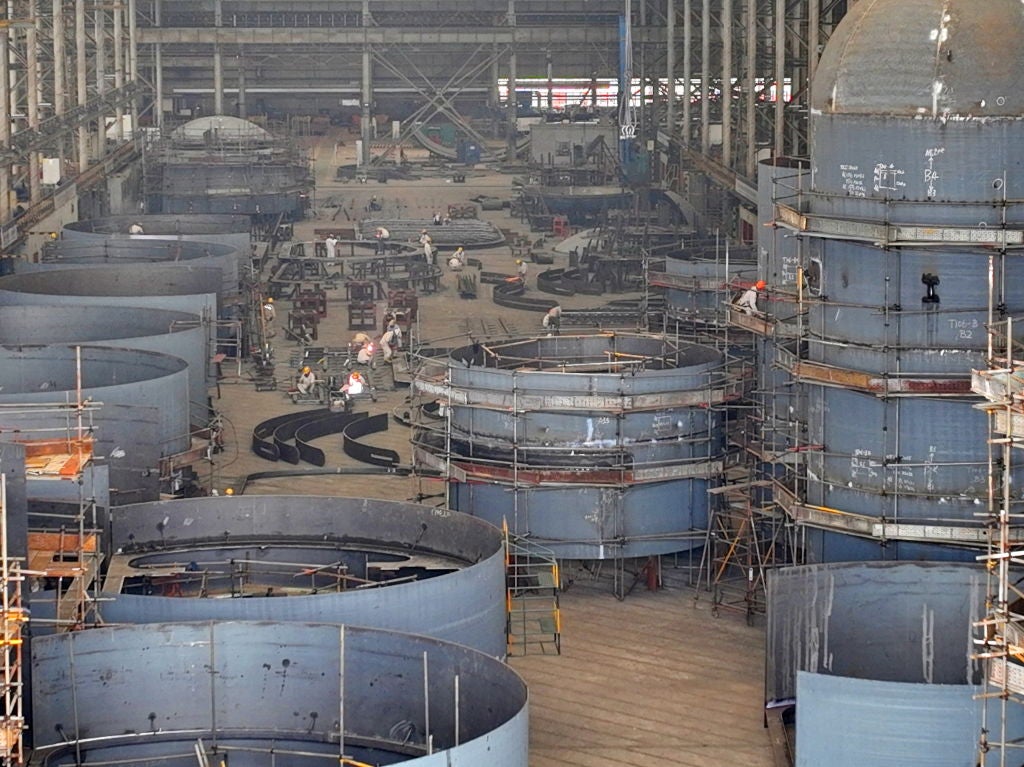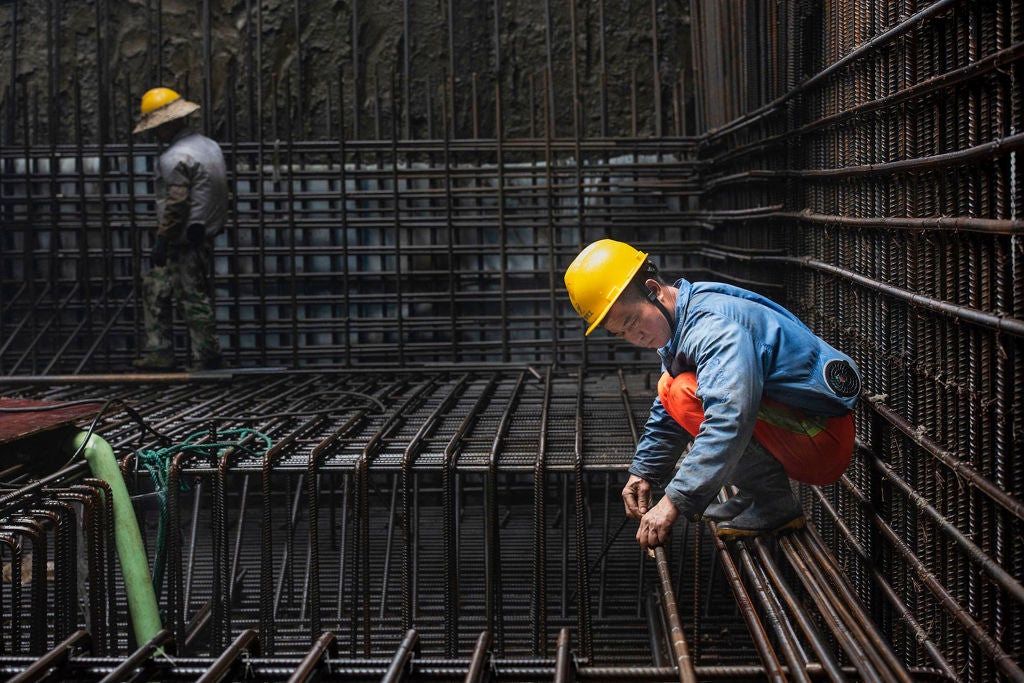
London’s financial district, the ‘square mile’ is experiencing its biggest redevelopment since the Second World War. The skyline is dotted with cranes and the streets are awash with thousands of construction workers in hard hats. The City of London – the governing body for the area – estimates that there are some six million square feet of office space currently under construction.
It’s a similar picture in Ireland – Dublin has been undergoing huge regeneration, and in Spain thousands of new homes are being built along the coast. It is estimated that more than 600,000 new Spanish homes have been built each year since 2002 and, in 2005, Spain accounted for more than a quarter of all new builds across the EU.
But as the credit crunch begins to bite, mortgage costs rise, the international financial markets contract, and most major economies have seen a rise in inflation, the construction industry is facing a tough future.
NEW-BUILD IMPACT
UK housing starts for 2008 are forecast to be the lowest since 1945 according to a report issued in June by the Construction Products Association (CPA). It says that little more than 147,000 new housing starts will take place in the UK this year – a fall of 27% compared with 2007 and the smallest number since the end of the Second World War.
See Also:
Private sector housing starts are forecast to be down by 30% to the lowest level since 1992, whilst the social housing programme is failing to grow in line with government plans for 45,000 new homes a year by 2011.
How well do you really know your competitors?
Access the most comprehensive Company Profiles on the market, powered by GlobalData. Save hours of research. Gain competitive edge.

Thank you!
Your download email will arrive shortly
Not ready to buy yet? Download a free sample
We are confident about the unique quality of our Company Profiles. However, we want you to make the most beneficial decision for your business, so we offer a free sample that you can download by submitting the below form
By GlobalDataMichael Ankers, chief executive of the CPA says: “The impact on the new-build housing market has been more severe than any of us anticipated. To be starting fewer new homes than at any time over the last 60 years illustrates the scale of the problem. Unless something is done urgently to address this problem, the capacity in the industry will be cut to a level which will take a long time to build up and it will not be able to meet the inevitable pent-up demand for new housing.”
Ankers says that while prospects remain good for construction on continuing infrastructure work such as the 2012 Olympics and the government’s ‘Building Schools for the Future’ programme, the overall situation is likely to get worse next year.
“Growth in infrastructure is more than outweighed by the decline in the housing market, a sharp fall in investment in new industrial buildings, and reduction in the repair and improvement to existing social housing,” he says, and adds: “The situation will deteriorate further still in 2009 before a modest recovery in the following year.”
And as for the City of London, Tony McCurley, Central London managing director for commercial property advisors, CB Richard Ellis, says: “Over the last six to nine months a number of schemes in the City have been deferred either indefinitely, or for at least 12 months.”
IRELAND AND SPAIN
Meanwhile, Ireland’s building boom has come to a ‘shuddering end’ the country’s finance minister Brian Lenihan told the European Construction Industry Federation Conference which was held in Dublin in June.
According to a report published by Euroconstruct, one of Europe’s biggest construction business research groups, Ireland and Spain stand out as the two countries in Europe expected to record the largest contraction in construction output in 2008.
Annette Hughes of DKM Economic Consultants – the Irish member of Euroconstruct – says: “Having held premier-league positions over the past decade in the Euroconstruct rankings, both countries have moved into the relegation zone in 2008.” Hughes says that the sharpest contraction in construction output volumes this year is projected for Ireland at 17.7%. In Spain volumes are projected to fall by 5.9%.
Hughes also forecasts that the rate of house building in the Irish construction sector is expected to tumble from 21 units per 1,000 of the population in 2006 to just ten units per 1,000 in 2008 – but it will still be ahead of the average of five units per 1,000 across western Europe.
However, for Ireland at least, it’s not all doom and gloom. With a planned public capital programme worth €13.7bn for this year, this investment could have a significant impact on the construction sector. Hughes says that it is imperative that the Irish government does not renege on its commitments to infrastructure and that planned projects begin construction as quickly as possible.
EASTERN EUROPE
Euroconstruct says that while the prospects for 15 countries in Western Europe have been revised downwards, construction volumes in Eastern Europe are expected to expand at a faster rate than previously projected.
A report issued in June by PricewaterhouseCoopers says that Eastern Europe offers real opportunities for construction companies. Jonathan Hook, global engineering and construction leader for the firm says: “The potential opportunities for international construction companies in infrastructure projects in Central and Eastern Europe are extensive.”
Due to historic under-investment there is a need to update the water supply infrastructure, improve roads and railways, and to construct new power plants to deal with rising demand for energy.
He says that significant European Union funding is available to support many of these infrastructure investments. National budgets will also be used, and a growing number will be financed with private capital primarily through public private partnership (PPP) structures similar to those already used in Western European markets.
“Due to the lower financial intermediation in the CEE region compared with Western Europe and the US, and the willingness of banks to provide debt financing for PPP deals, the current ‘credit crunch’ conditions do not appear to be significantly affecting PPP deal flow in CEE,” he says.
However, Hook adds that while the region offers substantial opportunities, “the environment remains complex and is becoming increasingly competitive. Careful project selection and investing in a winning strategy are key, given the significant amounts of time and money that go into competing for these opportunities.”
Hook says that investors need to look for political commitment, government investment in implementation capacity and transparent processes, and effort needs to be put into finding the right local partner and preparing a keenly priced bid.






